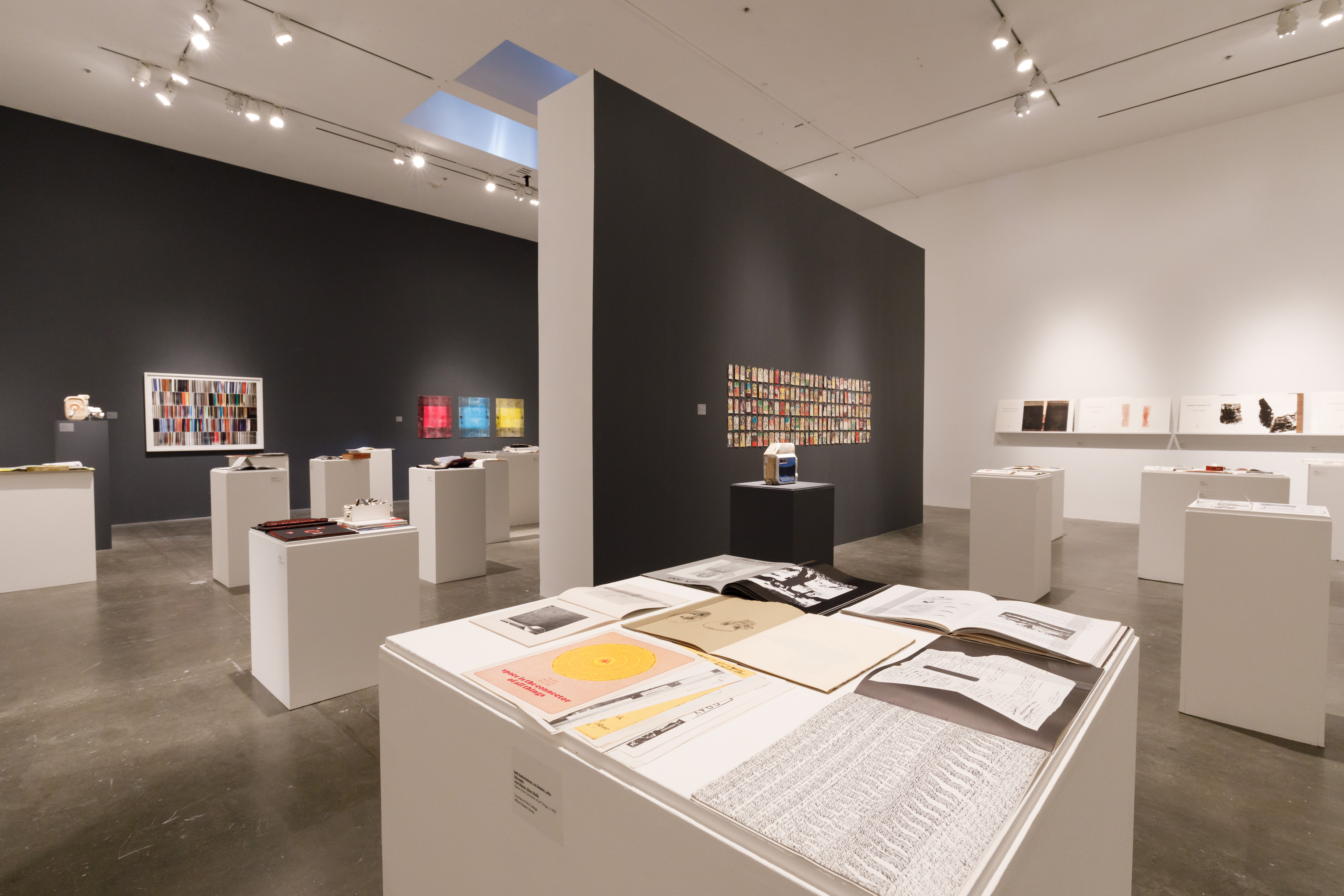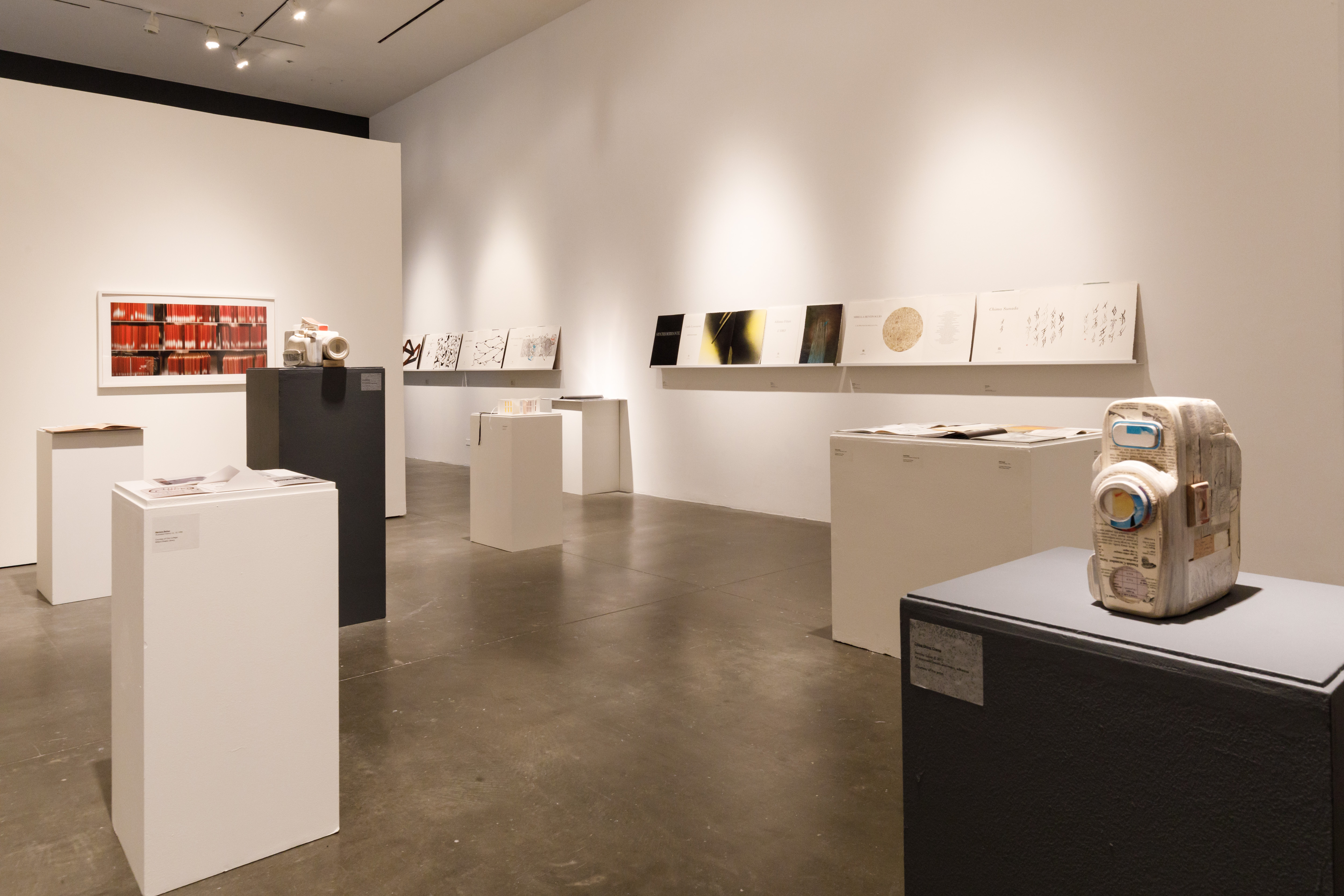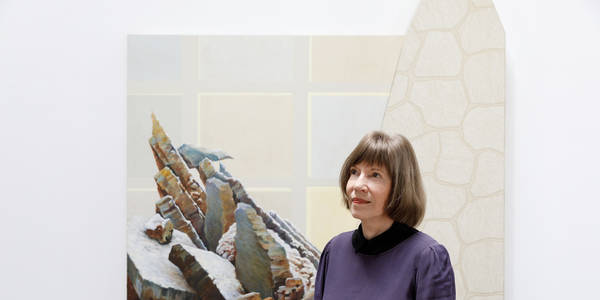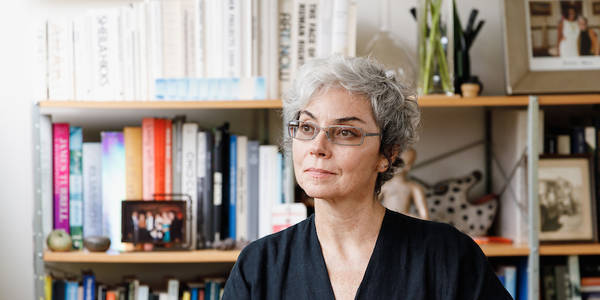feature / exhibitions / art
September 27, 2019
BY JOHN DAVID O'BRIEN
PHOTOS BY JUAN POSADA
ONE FOR THE ARTIST BOOKS: TOMES EXHIBITION EXPLORES THE POSSIBILITIES OF THE MEDIUM
On view at ArtCenter’s Williamson Gallery through December 15, Tomes features 25 artist books from the 1970s and ’80s which challenge the conventional definition of a book. Curated by John David O’Brien and Piero Varroni, the exhibition examines how artist books have served as vehicles for exploration across generations and geographies. The following are lightly edited excerpts from an essay titled “The Implicit Intimacy of the Artist Book,” which O’Brien wrote for the Tomes exhibition brochure.
On the scope and goal of Tomes:
Tomes is neither an overview nor a presentation of a particular section of the world of artist books. Rather, it is quite simply a survey of a vast field, driven by a desire to represent the many different types and ways of making artist books. The multitude of ways that these works have been created, modified and distributed are countless. The viewer of this exhibition is encouraged to take a walk through the plenitude of artist books and see: first, the variety of ways these specific artists have articulated their social, humane and artistic positions; and second, as much as possible, how these examples stand with respect to the better known production of artists’ works for display in galleries.
On the artist book as experimentation:
Ever since I first began writing about other artists’ work, I have been fascinated by the slight differences in how individual artists approach their work when they are in their studios versus when they are creating with the intention of presenting their work to the public. The play that takes place in the studio is intrinsically different from the polish and finish required to get an art object into an exhibition or gallery. It's the experimentation in the lab, so to speak.
On the artist book as an intimate experience:
Something I find utterly enchanting about artist books is the spatial relationship of the viewer to the work. Whenever possible, these creations are held and leafed through by the viewer. While the necessities of an exhibition keeps most of the books out of reach, the implicit intimacy of looking through an artist book is about delving into an up-close-and-personal read. This is why we selected Tomes as the exhibition's title: it firmly brackets these objects as particularly significant and confers upon them the important status of something to hold close at hand.
On the collaborative nature of artist books:
Artist books are, by necessity, a form of collaboration. That collaboration can be as simple as coordination with a printer who, under the artist’s direction, creates individual components for a book or, as in the case of book maker Piero Varroni and his long-standing collaboration with artists from Rome, an overt cooperation between artists and another maker. Some of the books in this exhibition were conceived and then literally made by one person. Others were conceived as part of a larger project and produced as part of a collaboration which, in time, revealed a self-selected community of like-minded makers who converged in their art forms.
On dispelling the myth of the solitary maker:
Contemporary art is one of the few creative paradigms where the notion of a single solitary maker is still lodged firmly and romantically to the core of its production. Often this is not what is actually occurring, as artists increasingly find themselves collaborating with studio assistants, outside fabricators, foundries, printers and myriad other makers who allow them to concentrate on the creative aspects of their projects. It is high time to relinquish the notion of a solitary maker and to instead understand that in contemporary art, much like in music, film, photography and other eminently creative endeavors, there may indeed be a charismatic leader elected to represent the whole, but the work in its entirety is in fact created by many more people.
Artist, writer and curator John David O’Brien has exhibited his artwork locally, nationally and internationally since 1980. He lives and works in Los Angeles, California and Umbria, Italy.









